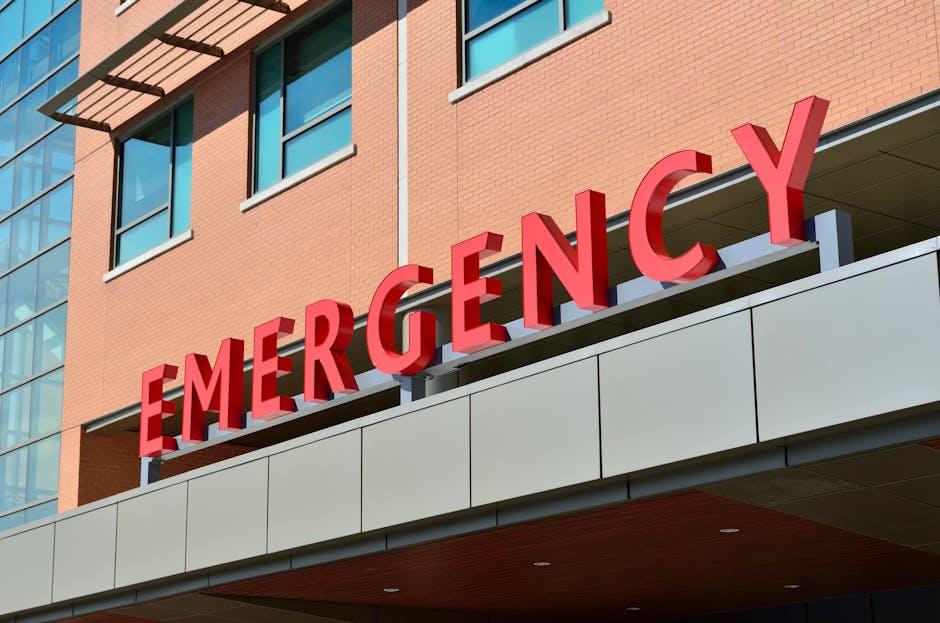Traveling offers a wealth of experiences and adventures, but it can also come with unexpected challenges, such as medical emergencies. Navigating the complexities of filing a claim for emergency medical expenses while abroad can be daunting. This comprehensive guide is designed to equip you with the knowledge and tools necessary to efficiently manage the claims process. With authoritative insights and step-by-step instructions, you’ll learn how to ensure that your medical costs are covered, allowing you to focus on recovery and enjoying your journey. Whether you’re a seasoned traveler or embarking on your first trip, understanding how to handle medical claims is an essential skill that can save you time, stress, and money.
Understanding Your Travel Insurance Coverage
When embarking on a journey, it’s crucial to comprehend the nuances of your travel insurance, especially when it comes to emergency medical expenses. Your policy is your safety net, but understanding its coverage specifics can make all the difference. Most travel insurance plans cover emergency medical expenses, but the extent can vary. Here’s what you should know:
- Coverage Limitations: Be aware of the maximum amount covered for medical expenses. This includes hospital stays, doctor visits, and prescribed medications.
- Pre-existing Conditions: Check if your plan covers pre-existing medical conditions. Some policies require additional coverage or have specific exclusions.
- Emergency Evacuation: Ensure your policy includes emergency medical evacuation, which covers transport to the nearest adequate medical facility if local care is insufficient.
- Documentation Requirements: Familiarize yourself with the necessary documentation needed to file a claim, such as medical reports, receipts, and proof of payment.
- 24/7 Assistance: Most policies offer 24/7 assistance. Keep their contact information handy in case you need guidance on medical facilities or claim procedures.

Step-by-Step Guide to Filing a Medical Claim Abroad
When faced with unexpected medical expenses abroad, it’s crucial to navigate the claims process efficiently. Here’s a streamlined approach to ensure you get reimbursed without unnecessary hassle. First, gather all necessary documentation immediately after receiving medical care. This includes itemized bills, medical reports, and receipts for medications. Be sure to request these documents from healthcare providers before leaving the facility, as obtaining them later can be challenging.
Next, contact your insurance provider to understand the specific requirements for international claims. Policies vary, so it’s essential to know what’s covered and what documentation is required. While speaking with them, ask about the timeline for submission and whether you need to submit original documents or if copies are acceptable. Make a checklist of the following steps:
- Complete claim forms: Ensure all sections are filled out accurately.
- Attach supporting documents: Include all medical records and receipts.
- Submit the claim: Follow your provider’s preferred submission method, whether it’s online, via email, or by mail.
- Track your claim: Keep a record of submission dates and follow up if you don’t receive a response within the expected timeframe.
By staying organized and proactive, you can expedite the reimbursement process and focus on recovering from your medical emergency.
Essential Documentation for a Successful Claim
When filing a claim for emergency medical expenses incurred during your travels, having the right documentation at your fingertips is crucial. Begin by gathering all medical records and reports from the healthcare providers you visited. This should include diagnoses, treatment plans, and discharge summaries. Ensure that all documents are legible and in the original language, as insurance companies often require this for verification.
In addition to medical records, you’ll need to submit a variety of other essential documents. These may include:
- Proof of travel – such as flight tickets or hotel reservations.
- Itemized bills and receipts – detailing all medical services and medications provided.
- Insurance policy number and details – which confirm your coverage and entitlements.
- A detailed account of the incident – explaining the circumstances that led to the medical emergency.
- Any correspondence with healthcare providers – such as emails or letters regarding your treatment.
Compiling these documents promptly and accurately can significantly enhance the efficiency of the claims process, ensuring you receive the support you need without unnecessary delays.

Expert Tips for Navigating Emergency Medical Claims
When faced with the daunting task of filing a claim for emergency medical expenses incurred during travel, it’s crucial to be well-prepared and informed. Start by gathering all necessary documentation immediately. Key documents include your medical reports, treatment receipts, and a detailed account of the incident. Make sure that each document is legible and accurately reflects the services received. Additionally, contact your insurance provider promptly to understand specific requirements and deadlines, as these can vary significantly between providers.
Proactive measures can simplify the process significantly. Here are a few expert tips to streamline your claim submission:
- Stay organized: Keep all documents in a dedicated folder, both physically and digitally, to ensure nothing gets misplaced.
- Communicate clearly: When detailing your claim, provide concise yet comprehensive descriptions to avoid unnecessary delays.
- Follow up regularly: Keep in touch with your insurer to monitor the progress of your claim and promptly address any additional information requests.
- Understand your policy: Familiarize yourself with your policy’s coverage limits and exclusions to manage expectations effectively.
By adhering to these guidelines, you can enhance the efficiency of your claim process and reduce the stress associated with emergency medical expenses while traveling.

